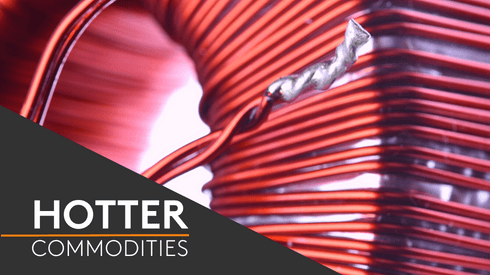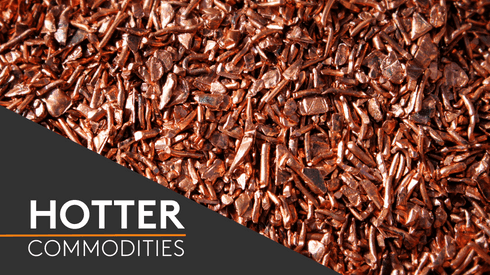Representatives from Jiangxi Copper, Tongling Nonferrous, China Copper, Jinchuan Group, Zijing Mining, Daye Nonferrous, China Gold, Hechi Nanfang Nonferrous, Zhongtiaoshan Nonferrous, and Huludao Nonferrous have gathered at Jiangxi province’s Nanchang city this week ahead of an industry conference.
At the meeting, they pledged to make recycled copper make up 25% of their total production by 2025, according to a joint statement from the 10 copper producers.
They are not too far from that target now. Last year, China produced 10.5 million tonnes of refined copper, including both primary and secondary production, official data showed. Secondary copper output stood at 2.257 million tonnes – around one-fifth of the total.
The latest statement came amid plans by copper smelters to build better copper-recycling close-loop systems and negotiate with the government on adjustments to import limits for “copper raw material.”
Since 2020, China has not allowed the import of “waste” copper. Only high-purity copper scrap that could be reclassified as “copper raw material” could be imported.
When the reclassification was first implemented, many copper trade flows were suspended on uncertainties over whether cargoes would be rejected, but eventually business resumed.
In 2021, China imported 1.69 million tonnes of copper and copper alloy scrap, up significantly from 944,000 tonnes in 2020.
With more consistency in imported scrap quality and the ease of obtaining tax rebates, many consumers in China have displayed a preference of overseas copper scrap over domestic material.
The spot market in China has been active. Fastmarkets assessed the No1 copper material, RCu-2A,1B (candy/berry), cif China, LME/Comex discount at 10-12 cents per lb at the end of October, narrowing upward by 2 cents per lb at the end of September.
Copper recycling has been repurposed to form a solution toward achieving decarbonization, and recyclers have been exploring ways to get a slice of the so-called “green premium.”
Some metal producers in Europe that have increased their proportion of secondary raw materials and using more renewable energy have started to charge a premium to group of “climate-sensitive” customers.




